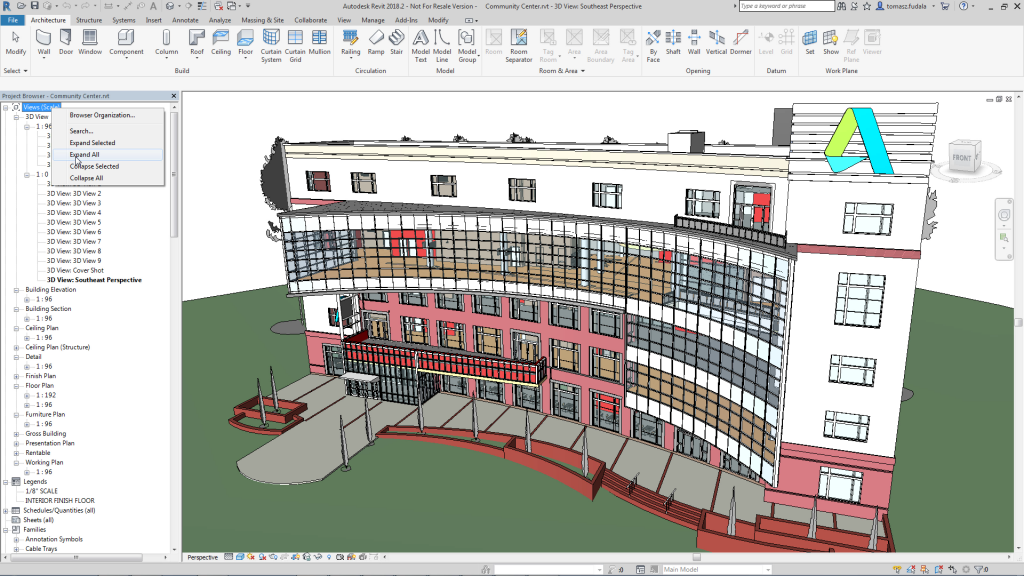
Project coordination - different disciplines can be coordinated in a central file, allowing you to view interferences.Cost estimation - the ability to enter the values of the elements of the project, which later can generate a cost estimate through tables.Quantitative extraction - a creation of tables of quantities and materials, which are updated automatically after any change in the project.Here is an overview of the benefits of switching to Revit: Being a robust and multifunctional software, it offers a range of features that we do not find in traditionally used softwares, for example, AutoCAD. The civil construction market undergoes constant updates, which implies more complex projects, making any project increasingly challenging. The most exciting thing here is that everyone has access to the whole project but can only make changes to their files individually.Īll documentation is created quickly, with sections, views, and details generated automatically, all from the 3D model, allowing the extraction of quantitative materials or even renderings. In addition, it offers an infrastructure for collaborative work, that is, multiple professionals working on the same project.


Revit offers resources for developing architectural, structural, and systems projects (electrical, hydraulic, air-conditioning, etc.), even allowing you to view and work in each of these disciplines separately.


 0 kommentar(er)
0 kommentar(er)
